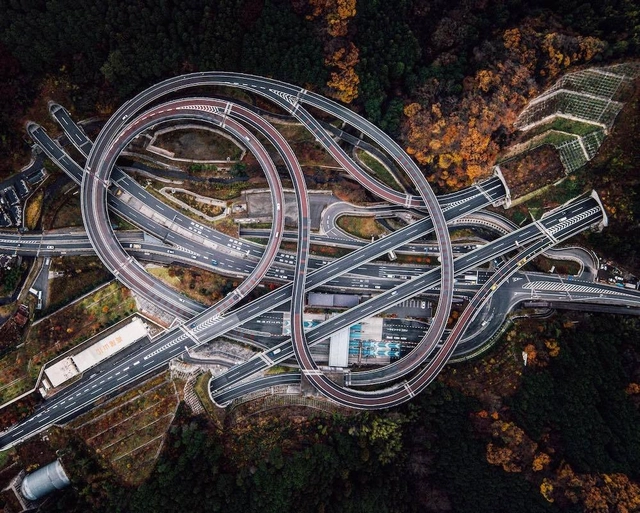
This article was originally published on Common Edge.
For frequent travelers to Europe, it is frustrating to see the increasingly different urban conditions on the other side of the Atlantic. In Europe, cities are largely appreciated and embraced, and have turned into high-quality environments for inclusive and sustainable living. Copenhagen’s bike lanes—and, not too far away, Oslo’s car-free downtown—elicit admiring blog posts and articles on this side of the pond at a steady clip. Holland’s pedestrian- and bike-friendly urban designs attract their own share of starry-eyed fans. Berlin is holding a referendum to exclude cars from its inner city, an area larger than Manhattan. In Madrid, the mayor who restricted cars from accessing the city center did lose reelection, but her successor was forced to halt his efforts to rescind those policies by a groundswell of popular fury.





































.jpg?1548884950&format=webp&width=640&height=580)

.jpg?1537110386&format=webp&width=640&height=580)



















